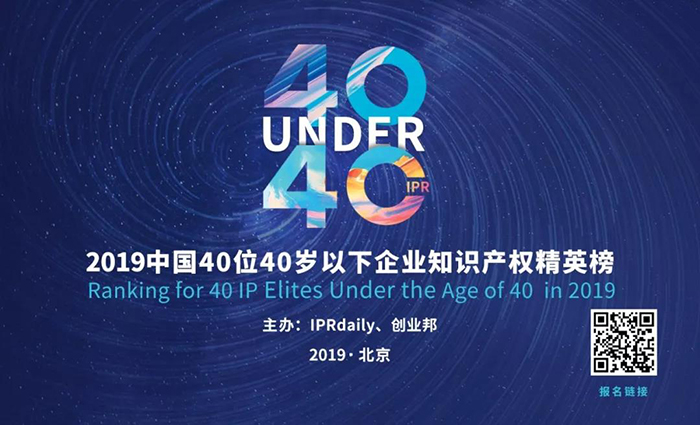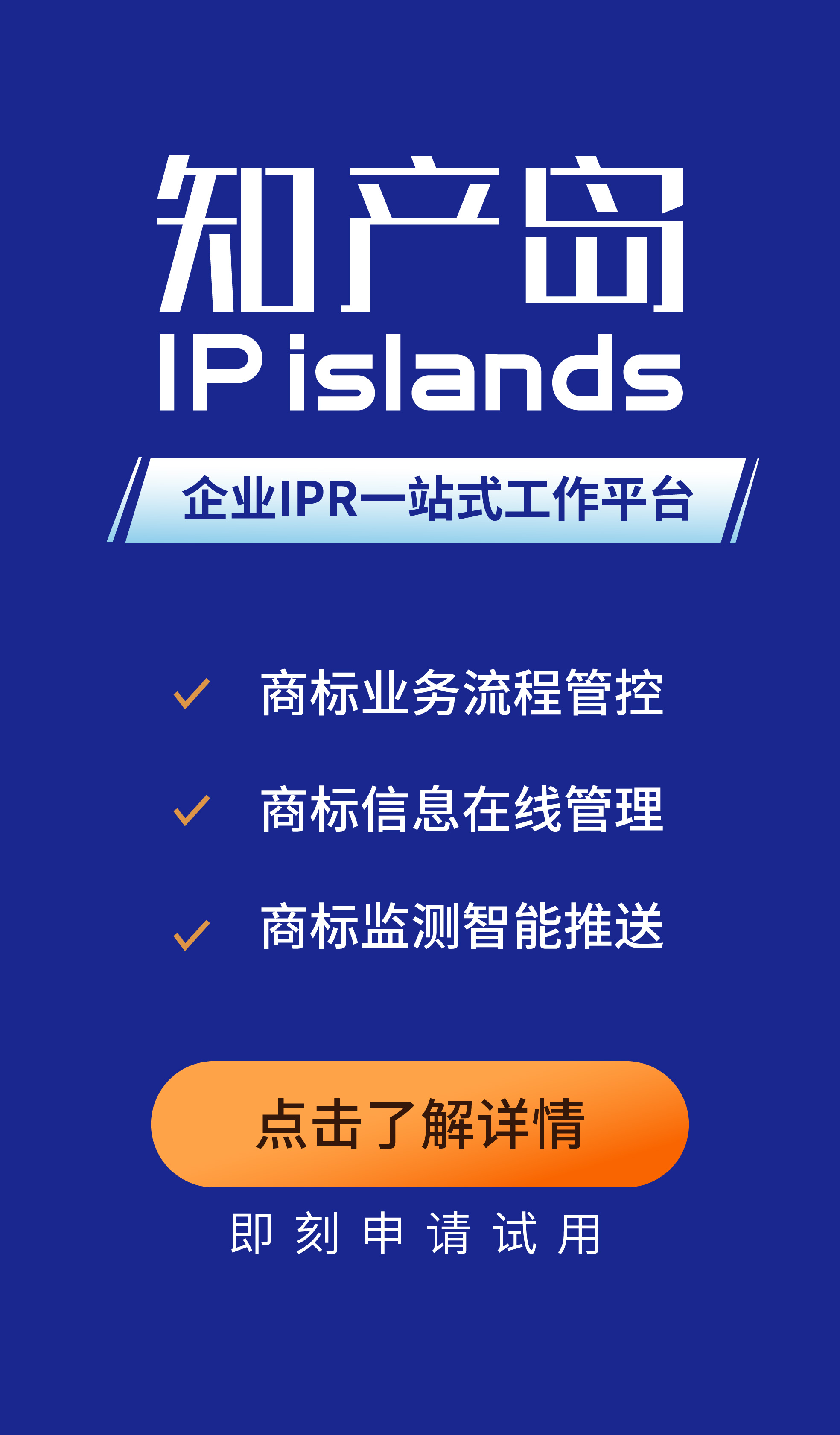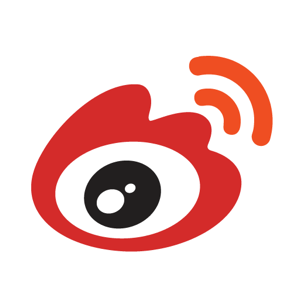
#本文由作者授权发布,未经作者许可,禁止转载,不代表IPRdaily立场#
发布:IPRdaily中文网(iprdaily.cn)
作者:Claire Hutson 麦仕奇英国伦敦办公室
译者:黄雪芳 麦仕奇北京办公室
供稿:麦仕奇知识产权
原标题:人工智能领域商标:一系列独特问题
不论人工智能(以下简称AI)令人恐惧、兴奋或兼而有之,不可否认AI是发展趋势。
短短几年间,AI初创企业如雨后春笋般不断涌现,有一些公司的市值已达数百万美元。
对初创公司而言,拥有强大的AI相关商标权利组合是一笔优质资产,能帮助吸引并说服投资者。
对成熟企业而言,关键点是确保拥有强大的商标注册基础以维护自身商标权利,尤其是企业商标已全球知名的情况下。
英国常常被视为欧洲的AI中心。同时,法国、德国、西班牙、瑞典也有活跃的AI行业。我们也发现,AI领域的商标申请越来越多。

2014年2月至2019年2月五年间,向欧盟知识产权局提交的近45,000件商标申请涵盖了AI领域。
其中17,000件申请来自英国,这表明英国是目前为止AI软件企业最大的聚集地之一。
来自斯堪的纳维亚半岛的AI商标申请数量也在增长,挪威、瑞典、丹麦和芬兰共计提交了3,500 件申请。
在商标申请中已经涵盖AI软件的企业,需要应对一系列独特问题。
如何起草商品名称?
起草商品的名称,须经仔细考量。
欧洲目前接受“软件”作为单独的商品名,但该名称已不足以全面覆盖AI这一巨大领域。
在商品名称中更详细地说明所涉软件的具体特性已是当前的一种标准做法,尤其对于AI领域的产品而言,但仅包含AI相关的术语恐怕不够。
到底该怎么描述商品名称呢?
商品名称如果过于技术化可能会在商标主管机关那儿遇到问题。比如,机器学习、深度学习、树检索等等专业术语可能对于程序员来说是熟悉的,但对于商标审查员来说就不是那么回事。
我们发现,不同地域的审查员,不论欧美还是日本,均不接受过于技术化的商品名称。如果恰好有“精通技术”(借用专利代理师朋友的常用语)的审查员熟悉这些技术名称是不是就行了呢,即使其他未深涉AI领域的企业对此不太熟悉?目前看来,情况是这样的,但这个现象可能不会持久而且也非跨地域的通行标准。
一个解决方案是尽力去描述软件将实际应用的领域。
AI可应用于许多行业,例如,医疗保健、金融科技、电子商务、能源、自动驾驶车辆、网络安全等等。
由于AI的多行业适用性,企业可能难以在早期就预知未来将进入哪些应用领域,也很难预知将来哪些行业会用到AI。当然,有人会说,几年后哪有用不到AI技术的行业呢。
有鉴于此,商标代理人为AI企业起草商品名称时非常有必要了解该企业的业务特性及未来可能发生的业务变化,以使商品名称能涵盖未来的需要。
如何证明商标使用?
AI商标还可能面临难以提供使用证据的问题。
许多AI企业积极地开发软件、研发新算法以解决特定问题。
大型科技公司收购AI初创企业并将内部研发的AI软件融入自己产品里,这个做法也很普遍。
AI软件可应用在很多消费产品中,比如亚马逊的语音助手Alexa、苹果公司的语音助手Siri。但问题是,终端的消费产品包含后台软件在内的许许多多的部件,而消费者通常对此不太了解。
很多企业已经声名在外,频频登上媒体新闻头条。但当需要维护商标权利时,例如对抗他人提出的撤销申请、对他人商标提起异议或无效宣告时,或者为了在美国获得注册时,这些企业仍然需要证明自己的商标已经实际使用。
这类企业又怎么证明商标已用在AI产品上呢?
如果无法提供标准形式的使用证据,例如清楚展示有商标的账单或广告材料,要证明商标已实际使用恐怕比较棘手。
如果有充分的关联证据来证明产品里内嵌有AI软件,这可能足以证明使用,但这类证据并不总是有。那么,接着的问题是:新闻报道和社交媒体内容能充分证明商标已经使用吗?
按照经验,某些商标局对非常规证据的接受度更高。比如,中国商标局曾接受将大量的新闻报导作为商标已使用的证明,以支持权利人针对他人在类似或不类似商品和服务上申请的近似商标而提出的异议主张。
此外,金宝汤公司(Campbell Soup)近期在美国之所以能成功注册“Chunky”商标也相当程度上得益于该商标高频出现在媒体及流行文化里。
总之,与面对任何新技术一样,商标代理人及审查员均需跟上并适应AI技术带来的实务变化。
附:英文版
AI trade marks: a unique set of problems
Whether it fills you with fear, excitement or both – there's no denying that artificial intelligence (AI) is a growing trend.
AI start-ups are popping up all the time with some becoming multi-million dollar companies in just a few years.
For new companies, having a strong portfolio of AI specifictrade marks is an asset that can help attract and persuade investors.
For established companies, making sure that they have a strong base from which to enforce their trade mark rights is essential, especially if that trade mark frequently makes global headlines.
The UK is frequently cited as the European hub for AI; however, France, Germany, Spain and Sweden all have active AI industries. We have seen that more and more trade mark applications being filed in the field of AI.

In the five years to February 2019, nearly 45,000 trademarks were filed at the EU Intellectual Property Office covering AI.
17,000 of these came from the UK, suggesting the UK is oneof the largest centres for AI software companies at the moment.
There are also a growing number of trade mark applicationscovering AI in Scandinavia, with 3,500 applications filed in Norway, Sweden,Denmark and Finland combined.
For those companies that have filed trade mark applications for their marks covering AI software there are a number of unique challenges to consider.
Drafting specifications
Drafting specifications must be considered very carefully.
"Software" as a term alone is currently accepted in Europe, however, it is no longer practically sufficient to cover this huge area.
Including specific detail about the nature of the software is now standard practice and this is especially true for AI. However, only including terms that specify AI may not be enough anymore either.
So, what terms should be included?
Being overly technical can create problems at trade mark offices. While terms such as machine learning, deep learning and tree search may be familiar to programmers, they may be less so to trade mark examiners.
We have found examiners in territories ranging from the EU to Japan have objected to these terms. Is it sufficient that a person "skilled in the art" (to borrow language from our patent attorney friends) would be familiar with these terms when a business not active in AI may not? So far, we have found that it is but this may not continue to be the case and is not standard across territories.
Alternatively, you may choose to specify by the industry the software is to be used in.
AI has applicability in any number of industries including healthcare, fintech, e-commerce, energy, autonomous vehicles, cyber security and more.
As such, it can be difficult for a company to know early on if they might enter one of these areas in the future. It is also difficult to predict industries that may utilise AI in the future; some would argue that no industry will be free of AI in a few years.
It is essential therefore that trade mark attorneys drafting specifications for AI companies understand the nature of the business and how that might change in the future.
Is the trade mark in use?
A second issue that can arise is a lack of evidence.
Many AI companies are active in researching software and develop new algorithms to solve specific problems.
It is also very common for large tech companies to acquire AI star-ups and incorporate the AI developed in-house into their products.
The resulting AI software may be used in many consumer products e.g. Amazon's Alexa or Apple's Siri. The problem arises in that these products are made up of many parts, that do include the background AI software, but the consumer is generally not aware of this.
Many of these companies become very well-known as they are frequently the subject of news articles. However, when enforcing their trade marks these companies may need to rely on evidence either to defend a cancellation action, oppose or invalidate an application or to prove that it is being used to allow an application to be registered in the US.
How does such a company then show that the mark has been used in relation to AI?
Without standard forms of evidence such as invoices or advertising materials that clearly show the trade mark, this can be tricky.
If there is enough linking evidence to show that a product has incorporated AI this may be enough but this is not always available. The question then becomes: are news articles and social media content enough to show use of a trade mark?
In our experience, some trade mark offices are more accepting of unusual evidence. The Chinese trade mark office, for instance, has previously accepted large amounts of press articles to support oppositions against applications for similar marks for both similar and dissimilar goods and services.
Likewise, Campbell Soup's recent filing of the term "Chunky" in the US relied heavily on media mentions and pop culture references.
As with any new technology, Chartered Trade Mark Attorneys and examiners will need to keep up with the changes brought by AI.
发布:IPRdaily中文网(iprdaily.cn)
作者:Claire Hutson 麦仕奇英国伦敦办公室
译者:黄雪芳 麦仕奇北京办公室
供稿:麦仕奇知识产权
编辑:IPRdaily王颖 校对:IPRdaily纵横君
推荐阅读(点击图文,阅读全文)
开年重磅!寻找40位40岁以下企业知识产权精英(40 Under 40)
“投稿”请投邮箱“iprdaily@163.com”

「关于IPRdaily」
IPRdaily成立于2014年,是全球影响力的知识产权媒体+产业服务平台,致力于连接全球知识产权人,用户汇聚了中国、美国、德国、俄罗斯、以色列、澳大利亚、新加坡、日本、韩国等15个国家和地区的高科技公司、成长型科技企业IP高管、研发人员、法务、政府机构、律所、事务所、科研院校等全球近50多万产业用户(国内25万+海外30万);同时拥有近百万条高质量的技术资源+专利资源,通过媒体构建全球知识产权资产信息第一入口。2016年获启赋资本领投和天使汇跟投的Pre-A轮融资。
(英文官网:iprdaily.com 中文官网:iprdaily.cn)
本文来自IPRdaily中文网(iprdaily.cn)并经IPRdaily.cn中文网编辑。转载此文章须经权利人同意,并附上出处与作者信息。文章不代表IPRdaily.cn立场,如若转载,请注明出处:“http://www.iprdaily.cn/”

 共发表文章
31245篇
共发表文章
31245篇- 我也说两句
- 还可以输入140个字











